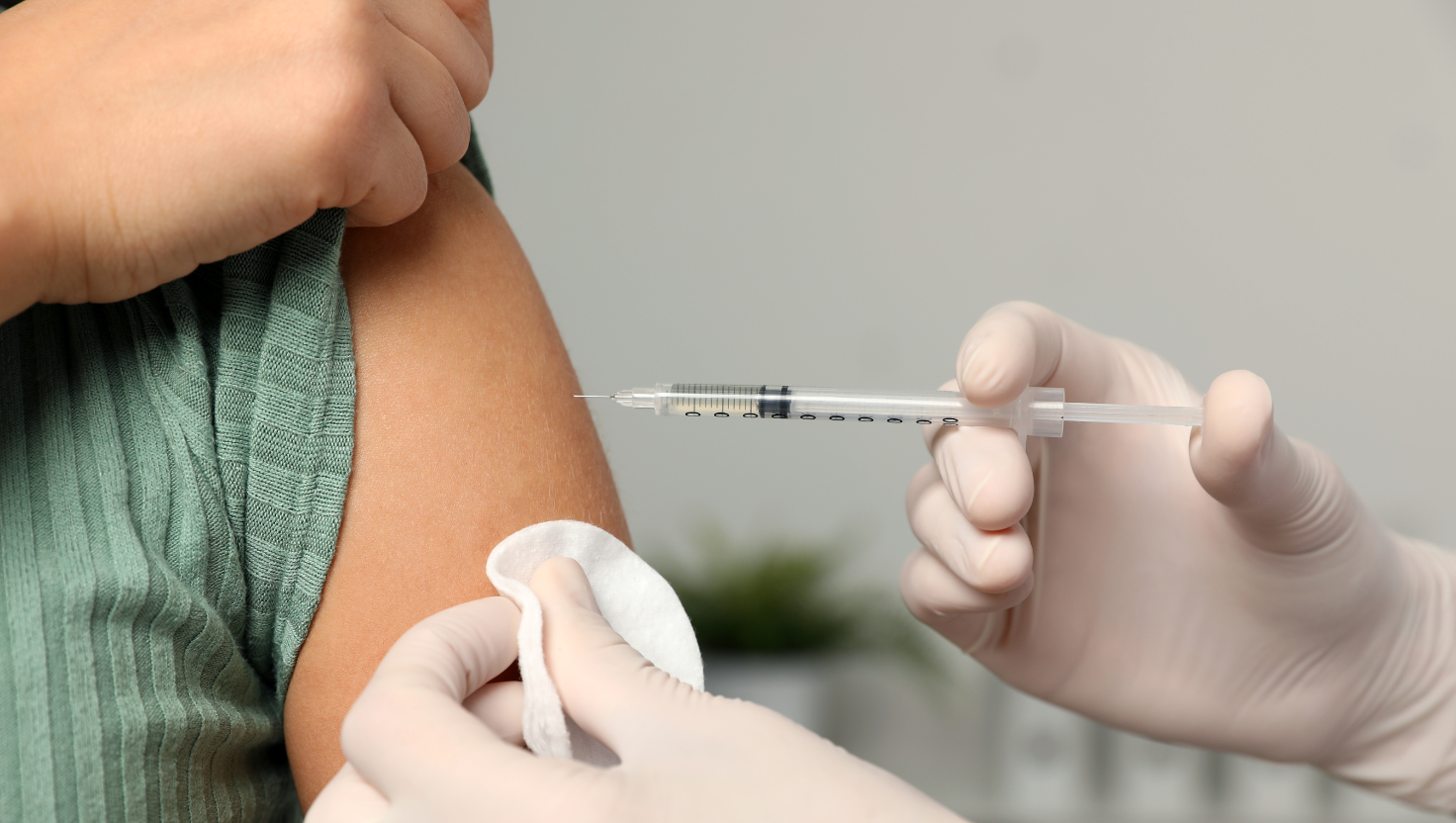Healthcare managers constantly face the challenge of reducing injuries in a way that is impactful, sustainable, and cost-effective for their organizations. One solution involves a powerful yet often overlooked tool in injury prevention: effective communication.
The Case for Communication in Injury Prevention
1. Addressing the Root Causes of Injury with Clear Communication
Healthcare workers are exposed to various risks, including repetitive tasks, improper lifting techniques, understaffing and unsafe environments. These factors contribute to common injuries such as musculoskeletal disorders (MSDs), needle sticks, and slips and falls. However, addressing the root causes of these injuries requires more than just physical safety equipment or training programs. It demands a clear, consistent, and ongoing communication strategy that ensures all staff members are not only aware of risks but are also engaged in the process of mitigating them.
Studies have shown that workplaces with effective communication about safety hazards see a significant reduction in workplace injuries. Whether through regular safety updates, visual reminders, or easily accessible training materials, clear communication creates a culture where injury prevention becomes part of the daily routine. This proactive approach can reduce injury rates, lower workers' compensation claims, and decrease overall healthcare costs.
2. Fostering a Culture of Safety through Ongoing Education
Communication in healthcare isn't just about warning signs or occasional training sessions—it’s about creating a culture of safety that becomes ingrained in every aspect of daily operations. This culture is sustained through constant reinforcement of safe practices and a shared understanding of the importance of injury prevention.
Think of it like a muscle—consistent practice makes it stronger. Just as patients are encouraged to take preventative health measures, healthcare teams must be encouraged to adopt safety practices through regular, engaging communication. This might include everything from monthly newsletters with injury prevention tips, daily briefings and focus items, to digital signage in break rooms that constantly reminds staff of proper lifting techniques, or handouts with clear instructions on how to avoid needle sticks.
3. The Financial and Operational Impact of Reduced Injuries
Injuries are not just a safety concern; they are a financial one. According to the Occupational Safety and Health Administration (OSHA), the direct and indirect costs of workplace injuries—ranging from lost work hours and healthcare expenses to decreased team morale—can quickly add up, impacting the bottom line.
In healthcare, the impact is even more profound. Injured staff members lead to staffing shortages, which can stretch resources thin and ultimately affect patient care. Furthermore, the costs associated with hiring and training new employees can be significant. By focusing on injury prevention through communication, you can not only protect your team’s health but also improve your facility’s efficiency and profitability. Fewer injuries mean fewer absences, less turnover, and a more stable workforce. This ultimately leads to improved patient care and satisfaction.
4. Employee Morale and Retention: Underrated Benefits of Safety Communication
In an industry with high stress and physical demands, healthcare workers’ emotional and physical well-being is paramount but often overlooked. Injuries can erode morale, contribute to burnout, and fuel turnover, creating a revolving door of staff that is both costly and disruptive.
A clear, well-communicated strategy for injury prevention shows staff that their safety is a top priority. When employees feel cared for and supported, they are more likely to remain engaged, productive, and loyal to their employer. This leads to higher retention rates, improved employee satisfaction, and stronger team dynamics—all of which directly contribute to better patient care and a more harmonious workplace.
5. Improving Patient Care by Protecting Your Team
In healthcare, the quality of patient care directly correlates to the health and wellbeing of the staff providing that care. Fewer injuries mean that more healthcare workers are present, engaged, and focused on giving the best care to their patients. With fewer sick days and injuries, your team can work more efficiently, which reduces the strain on resources and improves overall patient outcomes.
Furthermore, a healthier team means less staff turnover, which leads to more consistent patient care and greater trust from patients. When patients see familiar, knowledgeable healthcare providers, it enhances the overall patient experience.
How Outpeel Supports Healthcare Managers with Effective Injury Prevention Strategies
At Outpeel, we believe that successful injury prevention in healthcare settings starts with effective communication. Our collaborative approach means we take the time to understand the unique challenges faced by your team, helping you to develop a tailored communications plan that speaks to your staff and drives real change.
We work with healthcare organizations to deliver impactful communication campaigns that integrate seamlessly into your workflow. Our services include:
- Custom Signage: From warning signs for slip and fall risks to clear instructions on proper syringe handling, our high-visibility signage helps reinforce safety protocols in real-time, ensuring your team is always reminded of best practices.
- Engaging Intranet Content & Internal Newsletters: Keep your team informed with easy-to-read articles, injury prevention tips, and staff success stories that motivate and educate.
- Employee Training Materials: Comprehensive, accessible training materials—such as handouts, manuals, and presentations—are crafted to reinforce safe practices across your team, from the moment they start their shift to when they leave.
- Briefing Cards & Custom Collaterals: Short, digestible messaging around injury prevention topics, helping to raise awareness of ongoing hazards or seasonal concerns.
- Data-Driven Insights: With our collaborative, data-literate approach, we work with you to establish key metrics, review performance, and continually refine the communication strategies to ensure goals are being met.
By investing in a strategic communications plan for injury prevention, you not only reduce injury rates but also create a safer, more efficient, and more motivated healthcare workforce—all of which directly improve patient outcomes and protect your bottom line.
Invest in a Culture of Safety
Effective communication has the power aid in reducing injuries and boosting morale, which ultimately improve patient care.
Contact us today for a consultation and let’s work together on a plan to keep your team safer and more engaged.
